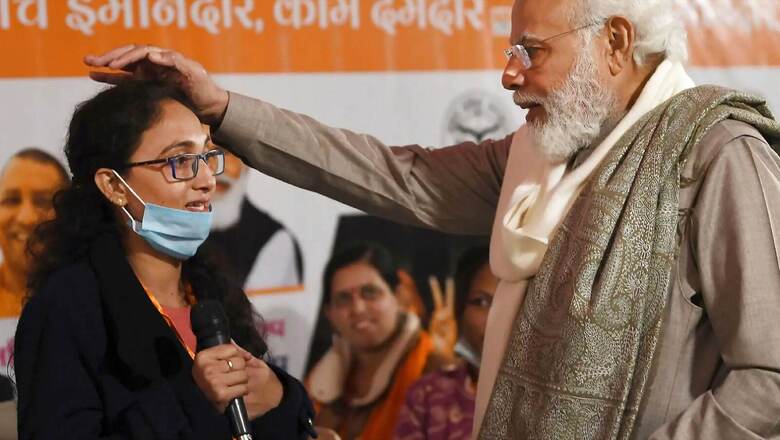
views
Whom will women of Uttar Pradesh vote for in the upcoming Assembly election in 2022? This is a million-dollar question, given the much-deserved focus of political parties on the better half of the electorate.
Priyanka Gandhi, the Congress general secretary and party’s face in Uttar Pradesh, has largely centered her campaign around women as a social group and an electoral community. Being a woman, her appeal among the young women voters of Uttar Pradesh is only natural.
Slogans like ‘Ladki hoon, lad sakti hoon (I am a girl, I can fight)’ are aimed at mobilizing a cross-section of women voters—beyond caste, class and regional pulls and pressures. The recently organized marathon for girls in Jhansi, Bundelkhand, is among a host of programmes the Congress has planned under Priyanka Gandhi to reach out to women in the state.
The ruling Bharatiya Janata Party (BJP) too is sharpening its strategy of reaching out to women voters in Uttar Pradesh. The party, which enjoys a strong base among upper castes and a section of OBCs, is expanding the circle of beneficiaries, especially women from marginal communities, through various welfare schemes. Central schemes like Ujjwala Yojana, distribution of free ration, cash transfer, Ayushman Bharat, Awas Yojana and Pradhan Mantri Shram Yogi Maandhan have been positioned as much towards poverty alleviation as towards empowering women. And, the party will hope that these strike a chord with women of Uttar Pradesh too.
The Samajwadi party and its women wing are also hoping to draw support from women this election season. Even as the party is talking about ‘progressive’ development, Dimple Yadav, a two-time MP and wife of SP chief Akhilesh Yadav, has been leading its outreach campaign among women in the poll-bound state.
Bahujan Samaj Party (BSP) chief Mayawati, however, has never stressed on a separate campaign for mobilization of women, unlike other parties. She believes that Dalit voters vote for her as a family unit. They go together to the booth and vote for BSP in a mission mode.
Different Factors, Multiple Identities
In electoral politics, numbers/numerical strength can make parties woo or ignore a section of voters. In 2017 UP elections, female voters outnumbered their male counterparts by quite a margin.
But a pertinent question is: while there is an increase in voting percentage of women in Uttar Pradesh, do they vote only along gender lines or are there other factors that come into play?
In my field work in Uttar Pradesh, I have observed that despite holding different views from the male members on a variety of issues, when it comes to voting choices, women mostly toe the family line. So, caste, religion and various other interests in a patriarchal family set-up also influence the voting choices of a woman.
In such socio-economic conditions, it is not easy for women to evolve as independent and autonomous voters.
However, it is also true that change, albeit incremental, is visible. At least, a small section of women, especially in cities, are now playing an important role in shaping or influencing political choices of their family. In some cases, they cast their vote independent of their family’s political choice.
In my opinion, political parties in UP while catering to women must also work at gaining the trust of the family.
Perceiving women as a homogeneous vote bank is a fallacy. Women wear multiple identities at a time—and this includes their caste identity, their religious identity and in UP, even their regional identities. And, all these identities influence women’s political choice.
A Dalit woman from Bundelkhand, for instance, can vote differently than a woman of an upper or middle caste in Lucknow. A woman in eastern UP can vote differently from a woman in western Uttar Pradesh.
ALSO READ | UP Next: How Samajwadi Party is Following the BJP Playbook This Election Season
Finding a Voice
With better access to education and growing political awareness, women are gradually finding their voice in electoral politics. As a result, political parties and their leaders are talking about issues that matter to them—from Nitish Kumar’s decision to reserve 35 per cent government jobs for women in Bihar to Mamata Banerjee’s women-centric schemes like Kanyashree in Bengal.
The Congress, led by Priyanka Gandhi, is working on similar lines to mobilize women voters in UP with a ‘pink’ manifesto and an announcement that it would give 40 per cent tickets to women in the forthcoming elections.
But the Bharatiya Janata Party through its politics of welfarism and the Bahujan Samaj Party through Dalit identity politics have already evolved a strong base among women of Uttar Pradesh.
Come March 2022 and we will know whether or not a political campaign focused on ‘women as a social group’ has worked in Uttar Pradesh.
Badri Narayan is Professor and Director of GB Pant Social Science Institute, Prayagraj, and the author of ‘Republic of Hindutva’. The views expressed in this article and those of the author and do not represent the stand of this publication.
Read all the Latest Opinions here










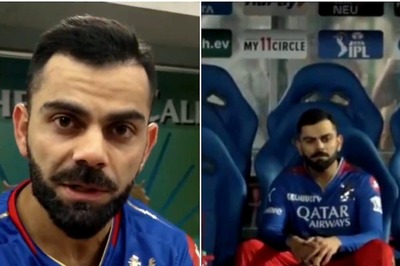

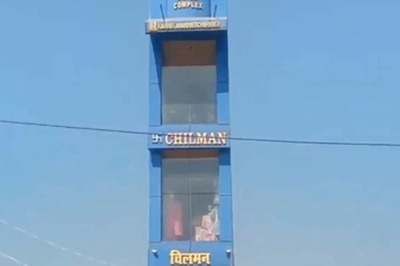


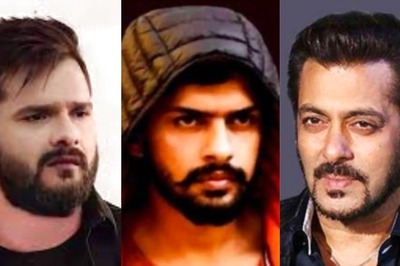
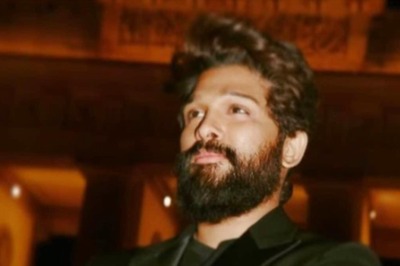
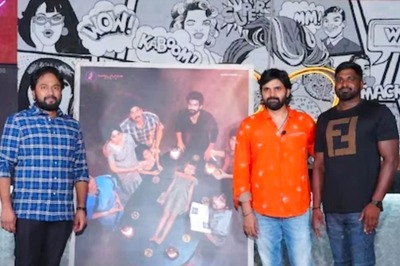


Comments
0 comment